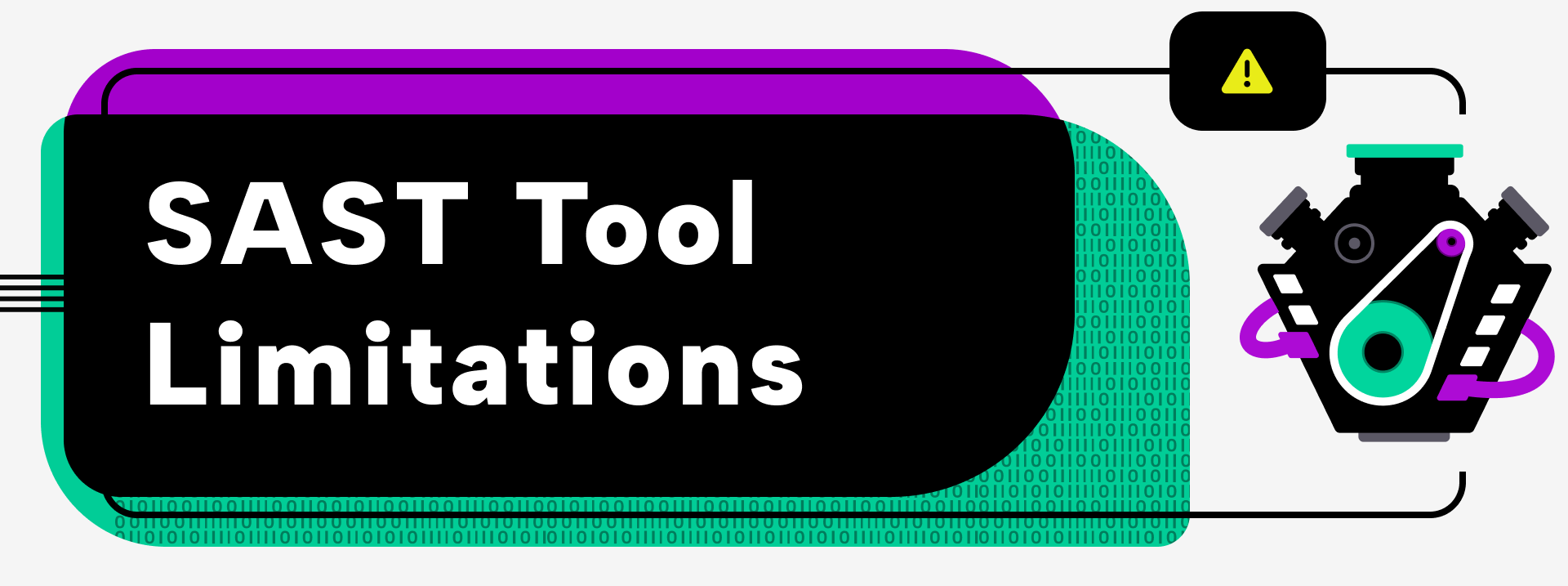Back to the articles
Overcoming Limitations of SAST and Other Traditional Software Security Testing Tools


Embedded software is increasingly becoming a crucial part of modern-day life. From cars to medical devices and home appliances, embedded software is everywhere. However, with the increasing complexity of these systems, securing them has become an ever-growing challenge. In addition, there is a shortage of skilled security professionals to address this challenge. Various security testing tools, including Static Application Security Testing (SAST), have emerged to mitigate this issue.
What is SAST?
SAST tools are automated testing tools that use a set of rules and algorithms to analyze code for potential security vulnerabilities without running the application itself. While source code analysis is the most common use case for SAST tools, they can also analyze lower-level bytecode and binary code.
- For example, SAST tools can identify buffer overflow vulnerabilities by looking for instances where the length of user input is not correctly validated.
- Similarly, SAST tools can detect SQL injection vulnerabilities by identifying code segments where the application concatenates user input into SQL queries without proper escaping or sanitization, allowing attackers to execute arbitrary SQL commands on the database server.
- By looking for patterns that match known attack vectors, SAST tools can identify other common security flaws, such as cross-site scripting, directory traversal, etc.
SAST tools can identify security flaws in the code early in the software development lifecycle and help developers find and fix potential security issues well before product deployment.
What are some benefits and limitations of SAST?
One of the most significant benefits of SAST tools is that they are automated. They can analyze a large amount of code quickly and easily, saving developers time and effort.
SAST tools can also help identify vulnerabilities that manual code reviews may miss.
Another advantage of SAST tools is that vendors can integrate them into their processes. Software developers can receive feedback on security issues as they write the code rather than waiting until the end of the development cycle. Close integration can help prevent security issues from being introduced into large, thus difficult-to-maintain codebases in the first place.
However, SAST tools also have some limitations. For example, they may generate many false positives, which can be time-consuming to investigate. In addition, SAST tools may not be effective in identifying all types of vulnerabilities, particularly those related to runtime behavior or misconfiguration.
The next step - How to expand your testing scope?
Therefore, engineering teams should utilize SAST and other security testing tools, such as Dynamic Application Security Testing (DAST), Interactive Application Security Testing (IAST), and Software Composition Analysis (SCA). However, despite these tools’ many advantages, it is essential to acknowledge their notable limitations.
These limitations could be overcome by following the defense-in-depth principle in the software development process. By combining various security testing tools, developers can identify vulnerabilities that a specific tool might miss by itself.
- Common SAST tools examine an application’s source code. Hence, they can only identify vulnerabilities in the source code.
- In contrast, DAST tools can pinpoint vulnerabilities during runtime but cannot analyze the source code.
- Similarly, IAST tools can detect vulnerabilities by instrumenting the code, allowing them to identify vulnerabilities that SAST and DAST tools might miss.
- Additionally, SCA tools can flag known vulnerabilities in third-party components used in an application but cannot recognize security flaws in custom code written by in-house developers.
Furthermore, every tool may produce false positives (issues that are not true) and false negatives (missed issues), which can be time-consuming for developers to sift through. Another advantage of using multiple security testing tools is that by cross-referencing the results generated by different tools, developers can isolate and eliminate false issues, saving valuable time.
Where does BugProve fit in the picture?
BugProve's automated firmware analysis platform uses both static and semi-dynamic analysis techniques, which can provide additional value to existing security testing tools. While the most common traditional SAST tools can identify potential security vulnerabilities in the source code, BugProve's platform can analyze fully built device firmware to detect potential zero-day vulnerabilities and monitor known vulnerabilities even in closed-source third-party software components to ensure compliance with industry standards. By combining our comprehensive security testing capabilities with existing SAST tools, development teams can further enhance their security testing processes and ensure their products are safe and secure for end-users.